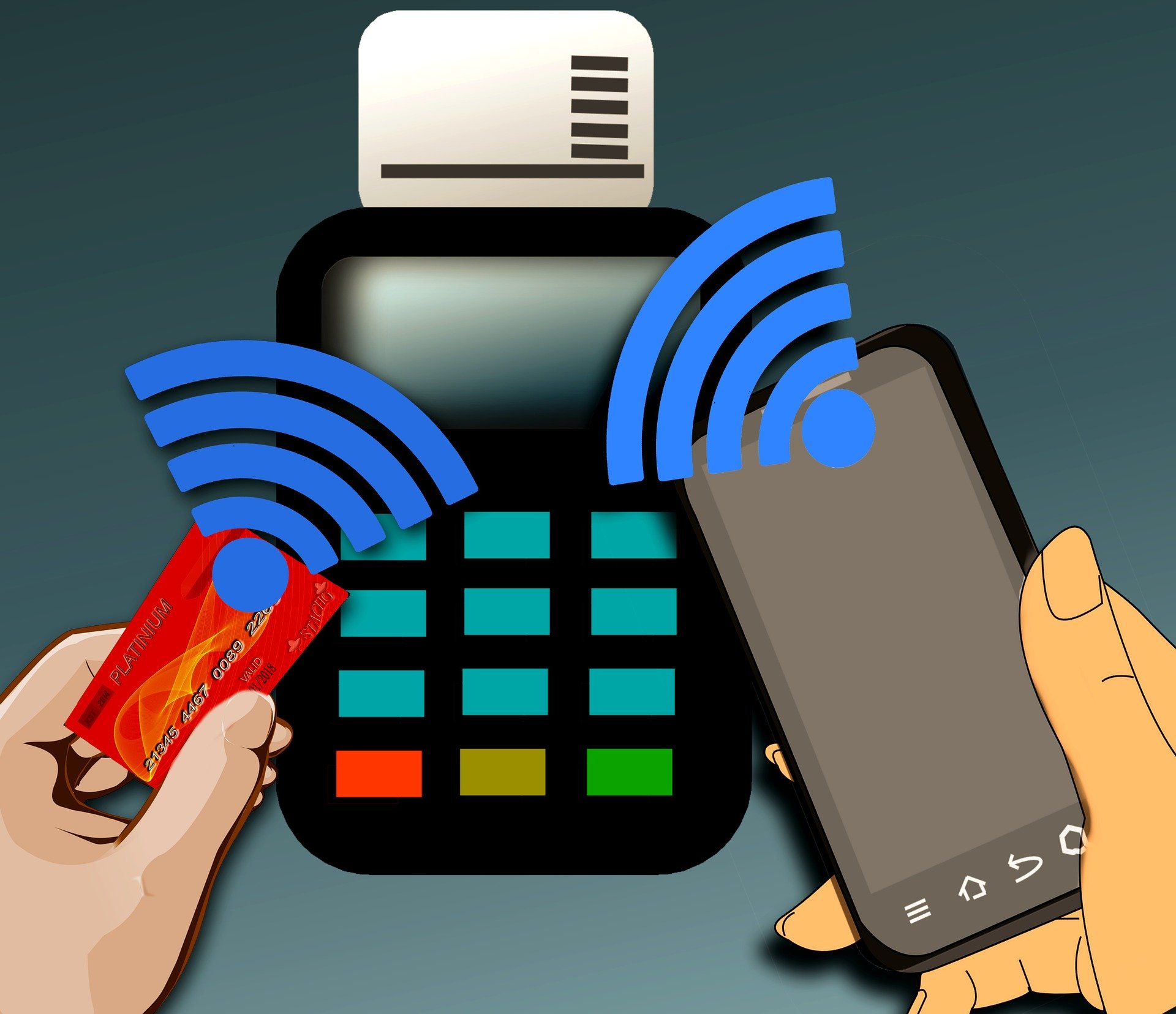Smartphones today are a lot more advanced than those before, but did you know that these smartphones make use of a kind of technology called NFC? NFC technology has hit the tech world in a big way, and it brings with it a ton of benefits which make phones more functional and powerful than ever. But while you may have already heard of NFC and may even know that it’s used for data transfer applications and peer-to-peer payment, there is a lot more to NFC than meets the eye. Here, then, are some quick facts on NFC technology, NFC cards, and more: everything you should know.

What it is
NFC stands for Near Field Communication, and this technology allows tablets, phones, laptops, and other gadgets to share data among each other and with other devices equipped with NFC (such as cards). NFC evolved from RFID or radio frequency identification technology, and RFID itself is responsible for security scanning cards that allow you to enter your office or bypass toll booths when you go on the motorway. But while NFC is similar to RFID, NFC is quite limited in regards to communication, which means that it can communicate only within 4 inches. This means that you will have to hold the gadgets close to the reader in order to use NFC technology. But many think that this small radius is a benefit because it makes NFC more secure. NFC is also used for the transfer of data, such as videos, photos, and contact information between two devices enabled with NFC.
How NFC is used
- Payments
If you place your smartphone at a distance of four inches in front of a contactless reader in a shop, this will prompt your passbook or digital wallet to pop up, asking you for the confirmation of payment. You can use this form of payment with Google Pay, Samsung Pay, and Apple Pay, for instance.
- Sharing
When you have two devices enabled with NFC technology, and they are within range of each other, you can see a prompt appear, and it will ask if you would like to beam content on-screen to the second device.
- Near Field Technology chips
NFC or Near Field Technology chips are passive tags, and they don’t need to have any power. They can also be programmed with applications so they can do certain tasks or activities when they are scanned. One example is when you put a chip on your desk, and by scanning the tag, you can schedule and set your smartphone to disable your GPS, to vibrate, or to enable only notifications that are work-related.
- NFC cards
You can also make use of NFC cards, which is a kind of smart card. This smart card allows reading within the range of four inches as well, and it’s a contactless kind of card that you can use for your business or workplace for various transactions and activities.

